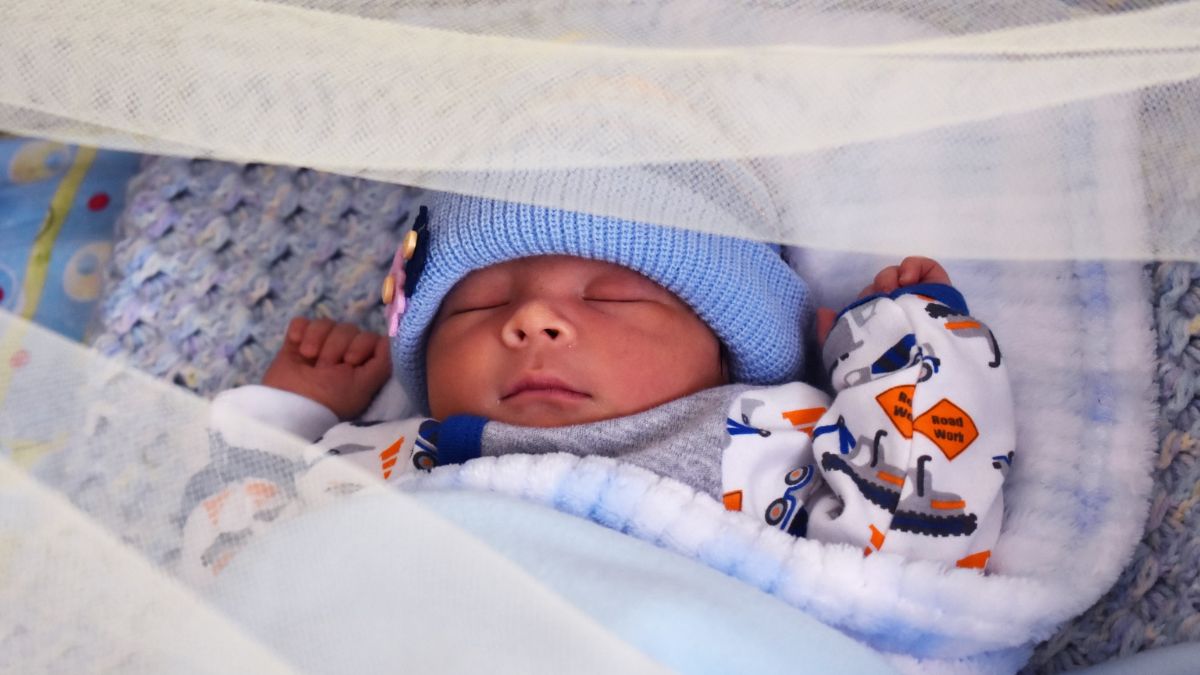There are few subjects in parenting that divide people as much as cosleeping. Several parents are adamantly opposed to it, expressing safety concerns as their main worry.
Others see cosleeping as a means to strengthen their relationship with their child.
However, your child will need to transition to sleeping in a crib by themselves at a certain age.
Hence, you might want to know how to get the baby to sleep in a crib after cosleeping.
Children who bedshare adjust to sleeping alone approximately a year after children who do not co-share.
Still, they might be more autonomous, self-reliant, and secure in their everyday lives than children who do not co-share or cosleep.
In any case, today, we will be talking about how you can get your baby to start sleeping in their crib after being accustomed to cosleeping!
How To Get Baby to Sleep in Crib After Cosleeping
By following these steps, you can learn how to get your baby to sleep in a crib after cosleeping.
It might take a few weeks to work your way to the last step, but gradual changes are the key to making sure you and your baby are comfortable with the transition.
Step 1: Add a Little Distance Between You and Your Baby
Cosleeping in the same bed is a bonding experience, and moving away from this bond too quickly can cause you or your baby to resist the change.
Hence, you should start by sleeping one or two feet away from your baby.
As usual, assist your infant in falling asleep. Then softly slide to the opposite end of your bed and sleep.
This mild shift creates some separation between you and your child, allowing them to become accustomed to not sleeping directly close to you.
If your child wakes up, gently rock them back to sleep and then move away. Repeat this for a total of 2-3 nights.
Step 2: Place Your Baby’s Crib Near Your Bed
Try bringing your child’s crib into your bedroom for a short time to stay with the notion of progressive adjustment.
You can then take your youngster out of your bed while remaining close by until he or she has acclimated to the change.
If you don’t want to relocate a whole crib into your room or just don’t have the space, bassinets may be an option.
They would, without question, be less of a pain to deal with.
After the baby has fallen asleep, carefully transfer them to the cot. When your baby wakes up in the middle of the night, try to soothe them back to sleep.
After that, carefully set them back in the crib.
It’s normal if your kid wakes up after two hours and refuses to return to his cot; that is still an improvement.
You can start with three hours the next night and gradually build up during the next week until your baby spends at least half of the nighttime in the crib.
If you can’t move the crib into your room, you may try spending the night in your baby’s room for a few hours.
This approach, therefore, allows you to maintain proximity while seeking to build some distance.
Step 3: Move the Baby’s Crib Across the Room
The next adjustment will be to move your baby’s crib a little further away from your bed.
If you are not ready to put your child to sleep in another room, you can place the crib in your room at a distance from your bed.
Teaching your infant to sleep in his or her cot on his or her own is a certain method to keep them there all night.
If you don’t urge your infant to sleep alone, he or she will start crying to come back into your bed.
Step 4: Let Them Adjust to This Change
Some newborns effortlessly transition from cosleeping to sleeping in their cot for at least part of the night.
Others, on the other hand, may wake up every time they are placed in the crib. Allow a few nights to observe how your baby adjusts.
Before starting sleep training, this stage gets infants acclimated to sleeping in their cribs.
It also provides parents hope that their child will be able to develop new, autonomous sleeping patterns.
The most crucial aspect of sleep training is helping your child to fall asleep on his or her own.
This entails placing your baby in his or her cot awake and allowing him or her to drift off to sleep without help.
Your infant’s bedtime routine is much like the routine they need to return to every time they wake up at night.
When your baby can fall asleep on their own, they’ll begin sleeping for longer periods of time.
Step 5: Move Your Baby’s Crib to Another Room if Needed
If you’re comfortable with your baby sleeping in their own bedroom, you can start placing the crib in another room.
For several nights, you may be making trips between bedrooms, but short-term work yields long-term benefits.
If needed, you can spend a few hours in their room for the first few nights till they fall asleep.
Final Thoughts
Choosing a place to sleep is usually a matter of happenstance. The majority of the time, sleep-deprived parents will do whatever it takes to get some rest.
Cosleeping, as it’s known, is frequently the result of parents reacting to their child’s demands while also attempting to maintain their sanity.
Though cosleeping has its benefits, there are some concerns that make it inevitable for parents to help their help transition to sleeping alone.
For example, cosleeping can cause your baby to roll or crawl off the bed and hurt themselves.
Some parents make this transition to let their children become more independent and to learn how to self-soothe.
Either way, knowing how to get a baby to sleep in a crib after cosleeping comes in handy sooner or later.







